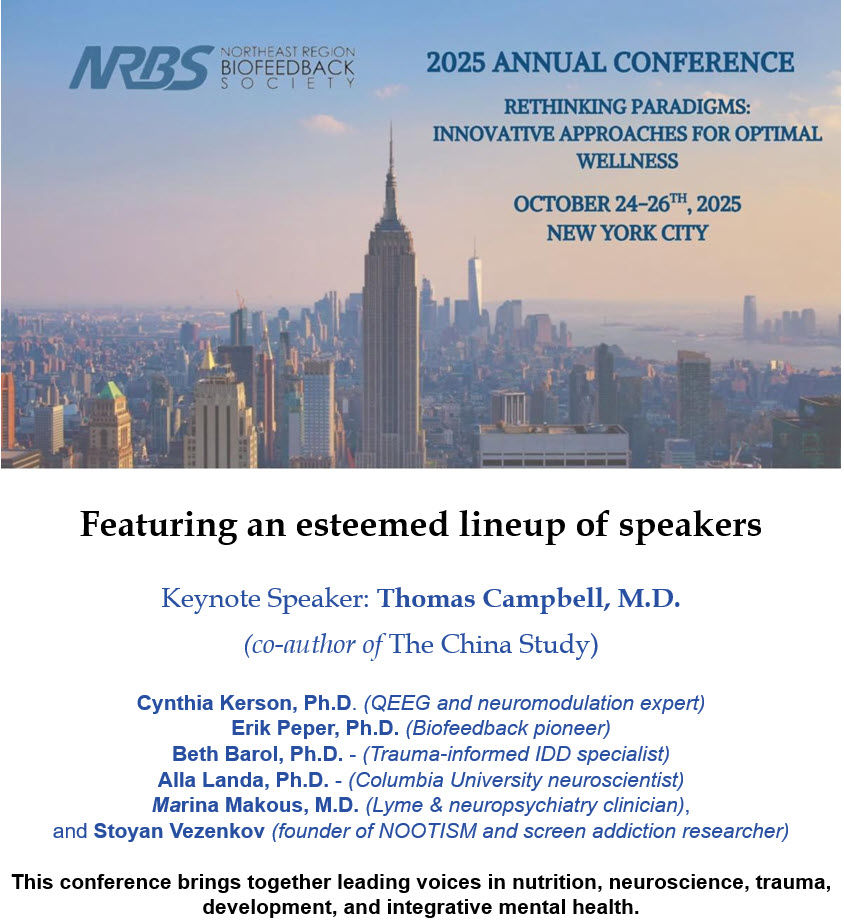5-Second Science: Common Viruses May Contribute to Parkinson's Disease
- Fred Shaffer
- Jul 22
- 5 min read
Updated: Aug 1

Parkinson's Takeaway
A surprising viral suspect is giving scientists new clues about what might contribute to Parkinson’s disease.
A recent study by Hanson and colleagues (2025) linked a common, often symptomless virus called human pegivirus (HPgV) to changes in the brain and immune system of people with Parkinson’s. While it’s not proof that the virus causes the disease, the findings suggest that HPgV might influence the development or progression of Parkinson’s—especially in people with certain genetic traits. This research opens the door to understanding how infections might work together with genes to affect brain health.
What is the science?
Parkinson’s disease (PD) is a chronic brain disorder that affects movement and slowly gets worse over time.
While some cases are caused by inherited gene mutations, most are not. Scientists believe the majority of cases happen because of a complex mix of genes and environmental exposures.
For years, researchers have wondered whether infections might play a role. In this study, scientists looked at HPgV, a virus that usually doesn’t cause illness but is known to affect the immune system. By analyzing brain and blood samples from people with and without Parkinson’s, the researchers looked for signs that this virus might be doing more than previously thought.
What did they study?
The team studied brain tissue from 10 deceased individuals who had Parkinson’s and compared them to brains from fourteen similar individuals who didn’t have the disease. They used a sequencing tool called ViroFind to look for all known human viruses and found HPgV in 5 of the Parkinson’s brains, but in none of the controls. They also used additional lab techniques to confirm the virus’s presence in brain cells. Then, using data from a larger database of blood samples from people at different stages of PD, they investigated how HPgV infection might affect immune responses, focusing on people with or without a Parkinson’s-related gene called LRRK2.
How did they do it?
The researchers used a combination of genetic sequencing, PCR (a method for detecting genetic material), and protein imaging in brain tissue to find and confirm the virus. In the larger group of over 1,300 blood samples, they measured how HPgV infection changed gene activity, especially in genes related to inflammation and immunity. One focus was IL-4, a molecule involved in immune regulation, and YWHAB, a gene that seems to act as a central controller in the immune response. They tracked how the virus behaved over time in some individuals and found that people with different genetic makeups responded differently to the same virus.
What did they find?
HPgV was found only in the brains of people with Parkinson’s, and its presence was linked to more advanced brain changes seen in the disease, such as increased tau pathology and abnormal synaptic proteins. In the blood, HPgV-positive individuals showed signs of disrupted immune and mitochondrial function. The virus affected IL-4 signaling differently depending on whether or not someone had a mutation in the LRRK2 gene. People without the mutation had a stronger immune response, while those with the mutation showed suppressed activity. The gene YWHAB appeared to act as a hub that linked many of these immune pathways and showed opposite patterns depending on genetic background.
What is the impact?
This research doesn’t claim that HPgV causes Parkinson’s, but it does suggest that viral infections could help trigger or worsen the disease in people who are genetically vulnerable.
If confirmed by further studies, it may change how we think about the causes of Parkinson’s—not as a single-disease pathway but as a condition shaped by many interacting influences, including chronic viral exposure. It also supports the broader idea that viruses might play a role in other neurodegenerative diseases. The discovery of genotype-specific responses to HPgV may eventually lead to more personalized treatment approaches based on someone’s immune profile and genetic makeup. This is a significant step in
understanding how invisible infections might quietly contribute to brain disease.
Key Takeaways
Researchers found human pegivirus (HPgV) in the brains of individuals with Parkinson’s disease, but not in healthy controls, suggesting the virus may be linked to the disease’s progression.
HPgV infection was shown to alter immune system signaling, particularly reducing IL-4 activity, an important molecule in regulating inflammation.
Individuals with a Parkinson’s-associated LRRK2 gene mutation responded differently to HPgV infection, highlighting how genetic background can shape immune responses to viral exposure.
The gene YWHAB was identified as a key player in the body’s immune response to HPgV, acting differently in patients depending on their genetic makeup.
These findings support the idea that chronic viral infections might contribute to Parkinson’s disease, especially through their interaction with immune and genetic factors.

Glossary
Braak staging: a neuropathological system that classifies the severity of neurofibrillary tangle (tau protein) spread in the brain, commonly used in Alzheimer's and Parkinson’s disease.
complexin-2: a synaptic protein involved in regulating neurotransmitter release; elevated levels may indicate altered synaptic activity.
CSF (cerebrospinal fluid): a clear fluid surrounding the brain and spinal cord, used in diagnostics for neurological diseases.
DEG (differentially expressed gene): a gene that shows statistically significant differences in expression levels between two or more groups in an experiment.
EIF2AK2: a gene involved in the cellular stress response and inflammation; its signaling is linked to neurodegenerative processes.
HPgV (human pegivirus): a flavivirus typically asymptomatic in humans; investigated here for its potential role in neurodegeneration.
IL-4 (interleukin-4): an immune system cytokine that can modulate inflammation and immune cell differentiation.
LRRK2 (leucine-rich repeat kinase 2): agene whose mutations are one of the most common genetic causes of Parkinson’s disease.
mitophagy: a specialized form of autophagy that removes damaged mitochondria, crucial for neuronal health.
Parkinson’s disease (PD): a progressive neurodegenerative disorder marked by the loss of dopamine-producing neurons in the substantia nigra, leading to motor symptoms such as tremor, rigidity, bradykinesia, and postural instability, as well as a range of non-motor symptoms. It is pathologically defined by the presence of Lewy bodies composed of misfolded alpha-synuclein.
pS65-ubiquitin: a marker of mitophagy; phosphorylated ubiquitin at serine-65 indicates mitochondrial degradation activity.
RNA-Seq (RNA sequencing): a high-throughput method for analyzing the quantity and sequences of RNA in a sample.
SNORA (small nucleolar RNA): a class of noncoding RNAs involved in chemical modifications of other RNAs; associated with immune responses and neurodegeneration.
ViroFind: a sequencing platform developed to enrich and detect all known human viruses in tissue samples.
YWHAB: a gene coding for the 14-3-3 beta protein, which regulates many cellular processes including immune signaling and neuroprotection.
Reference
Hanson, B. A., Dang, X., Jamshidi, P., Steffens, A., Copenhaver, K., Orban, Z. S., Bustos, B., Lubbe, S. J., Castellani, R. J., & Koralnik, I. J. (2025). Human pegivirus alters brain and blood immune and transcriptomic profiles of patients with Parkinson’s disease. JCI Insight, 10(13), e189988. https://doi.org/10.1172/jci.insight.189988
About the Author

Fred Shaffer earned his PhD in Psychology from Oklahoma State University. He earned BCIA certifications in Biofeedback and HRV Biofeedback. Fred is an Allen Fellow and Professor of Psychology at Truman State University, where has has taught for 50 years. He is a Biological Psychologist who consults and lectures in heart rate variability biofeedback, Physiological Psychology, and Psychopharmacology. Fred helped to edit Evidence-Based Practice in Biofeedback and Neurofeedback (3rd and 4th eds.) and helped to maintain BCIA's certification programs.

Research Methods joins our growing list of BCIA-accredited continuing education courses, which provide from 2 to 45 hours.

Support Our Friends









Short, sweet and informative!